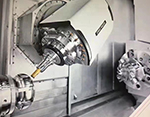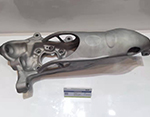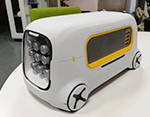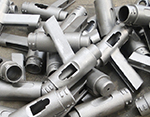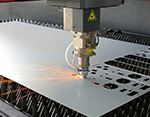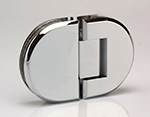-
Service
+
- CNC Precision Machining Service +
- Multi-Axis Simultaneous Machining Service +
- CNC Turning Service +
- Metal 3D Printing Service +
- Rapid Prototyping Service +
- Die Casting Service +
- Sheet Metal Fabrication Service +
-
Finish Serivces
+
- Polishing
- Grinding
- Brushed Finish
- Sand blasting
- Painting
- Powder Painting
- Anodizing
- Hard anodizing Service
- Passivation
- Zinc Plating
- Nickel Plating
- Chrome Plating
- Blackening
- Black Zinc Plating
- Teflon Coating
- Titanium Coating
- DLC Coating
- Laser Marking
- Silk Screen Printing
- Transfer Printing
- Micro Arc Oxidation
- Industries +
- About Us +
- Resource +
- Contact Us
- Quote

-
Service
-
>
-
>
-
>
-
>
-
>
-
>
-
>
-
>
-
- Industries
- About Us
- Resource
- Contact Us
Machine Components
Machine Components services all industries nationwide including Medical, Aerospace, Military, Security, Entertainment, Telecommunication and Commercial sectors.In essence, the purpose of mechanical components is to take input force and change it through the combination of various machine elements such as gears, bearings, rotaries, and other components. In efficiently operating equipment, mechanical components reduce friction and carry loads for linear or rotary motion.
With time, mechanical engineering has grown incredibly complex. If we count each component down to the tiniest screw, the average car nowadays contains roughly 30,000 machine parts.
These component parts function together to operate the car as envisioned by the machine's design.
While some of these mechanical components are merely basic building blocks, others are assembled with other components and serve a specific purpose for the car.
Such components include but are not limited to the carburettor, engine, and alternator.
Understanding machine components is the first step in building effective machines that address urgent issues.
They considerably outperform human capabilities while reducing human effort.
So, let's take a closer look and better understand these common machine components.
What Are Machine Components?
The smallest mechanical part or component assembly in a machine is a machine component in mechanical engineering.
They typically carry out a single task and cannot be replaced by additional elements.
As a result, a machine component can be described as a discrete element or section of a machine.
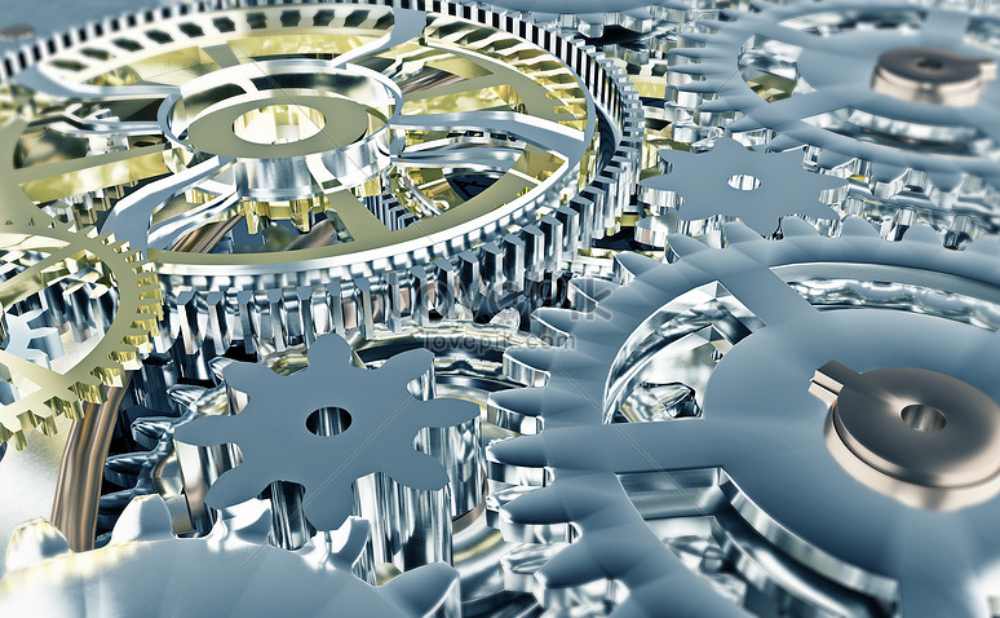
The Different Types Of Machine Elements
Bearings
In the design of machines, bearings are among the most popular machine components.
The purpose of their function is to reduce friction between two moving elements. Without it, rotating machines' mechanical designs are incomplete.
The main goal of bearings is to avoid direct metal-to-metal contact between the two components and to allow for smooth relative motion.
They are available in a variety of sizes and shapes.
Given the variety of bearing design options available, designers can choose the optimal bearing for a given application while still achieving the highest levels of the following requirements:
Dependability
Efficiency
Performance
Durability
Applications for bearings include the following:
Sliding doors/windows/drawers
Engine crankshaft
Conveyor pulleys and idlers
Wind turbines
Motors
Shafts
Shafts are long, cylindrical parts that transmit mechanical power and torque between two components.
When the distance between drive train parts is too vast for a direct connection or if they function in various conditions, designers incorporate them.
Depending on the situation, a shaft could be solid or hollow. While hollow ones have a better load-carrying capability for the same weight, solid ones are more compact.
Hollow shafts are preferred by designers for shafts that must withstand severe operating loads because they have higher rigidity, stiffness, and bending moments.
The following are some applications for shafts:
Clocks and watches
Vehicle axles
Pumps
IC engine crankshafts/camshafts
Motor
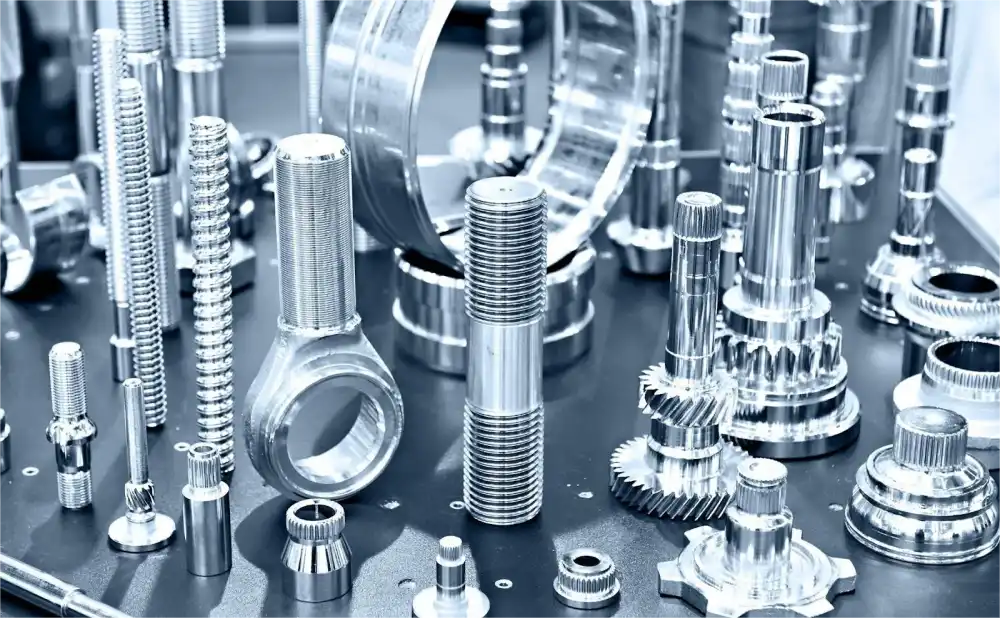
Couplings
In mechanical design, couplings are mechanical parts that join two rotating in-line shafts and serve primarily to transmit power.
The assembly rotates at the same speed as a whole. Depending on the situation, a connection may be rigid or flexible.
Flexible coupling can absorb any installation mistakes and minor shaft misalignments that may occur over time.
Additionally, they deflect vibration and stress, extending the equipment's functional life in the process.
Couplings do not engage and disengage as clutches do. In some applications, these machine components also isolate the heat transmission between the two ends.
Some couplings function like fuses. They terminate the connection between the driving and driven components to safeguard sensitive machinery if the torque exceeds a predetermined threshold.
Examples of couplings applications include:
Paddle steamers
Motion control in robotics
Generators
Automotive steering linkages
Car differentials
Fasteners
Several kinds of fasteners are used in mechanical engineering applications to join two or more equipment components. When necessary, they can be disassembled to produce temporary joints.
Specific equipment operates in harsh environments. As such, fasteners are primarily used to safeguard these types of equipment from the following:
High pressures
Excessive stresses
Vibration
This is to guarantee that these machine components can control the forces that the product will encounter during application and that the machines will operate well.
The most common types of steel used to make fasteners are as the following:
Alloy
Carbon
Stainless steel
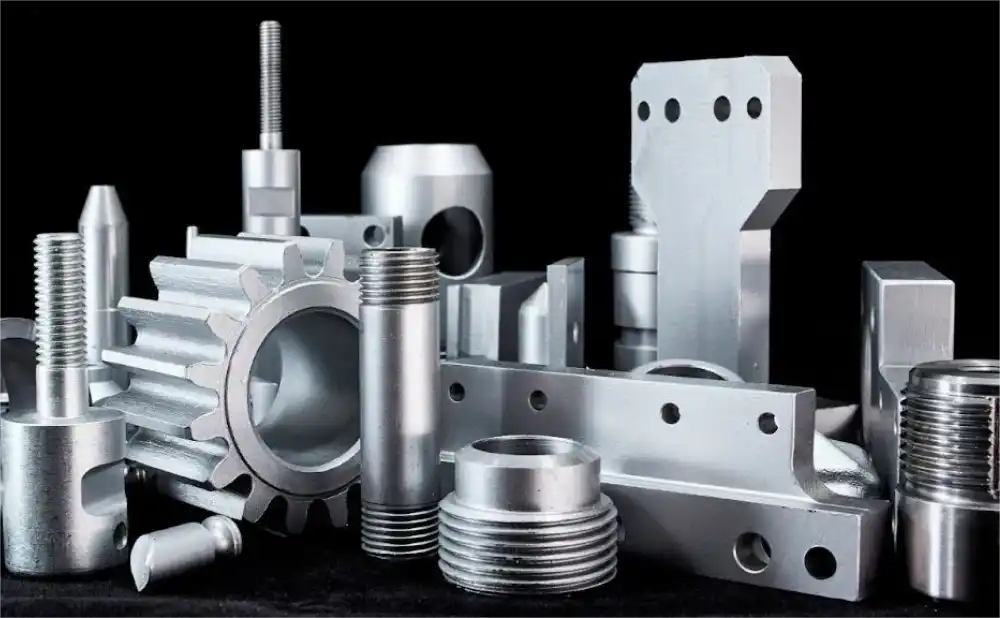
Gears
Basic machine components known as gears transmit rotation and power between two shafts. Following the laws of energy conservation, they are able to change the angular velocity while also altering the torque.
They function as levers in a machine translation system.
In order to transfer energy from the driving shaft to the driven shaft, two gears' teeth must engage with one another.
Although the shafts are typically parallel, several gears can transfer power between intersecting and non-intersecting shafts.
Here are a few applications for gears:
Vehicle gearboxes
Mixers and blenders
Clocks and watches
Washing machines and dryers
Clocks and watches
Understanding The Purpose Of These Machine Components Is Vital To Design Any Effective Machinery
While the common machine components are small, they play an important role in ensuring that any heavy machinery can function efficiently and effectively.
There are also characteristics for these machine components to help you differentiate between a component for general-purpose or special-purpose machinery.
For more information and consultation, contact us here!
WhatsAPP:+86 13414139830
Phone: +86 13414139830
E-mail: Sia@kesugroup.com

